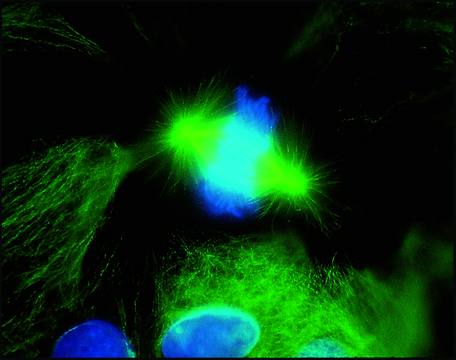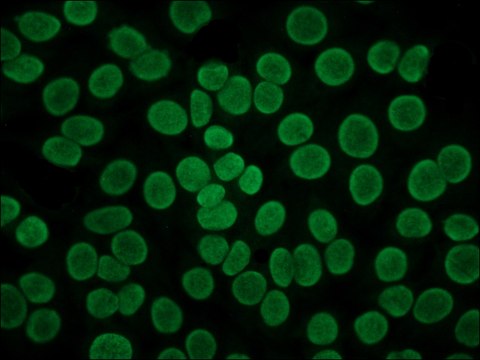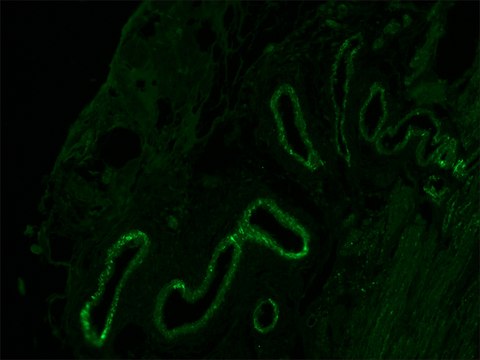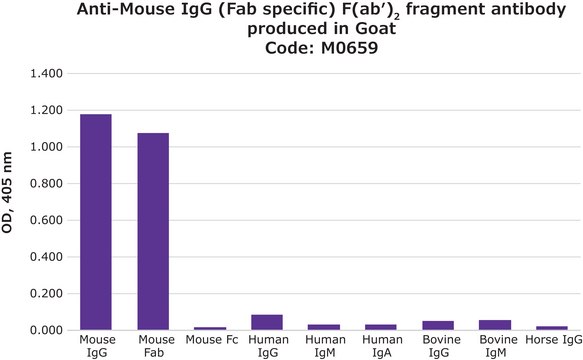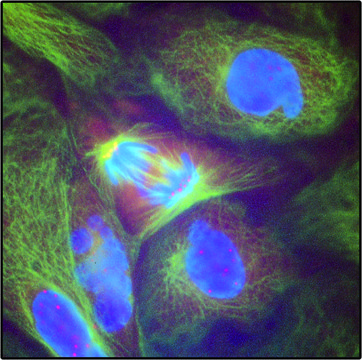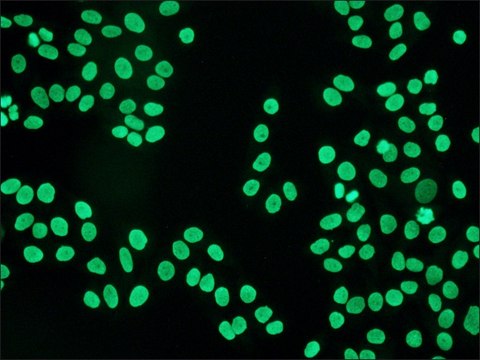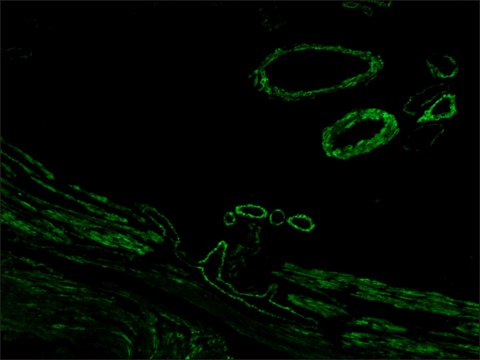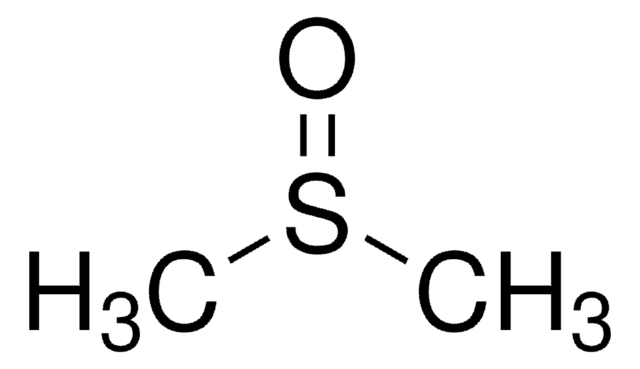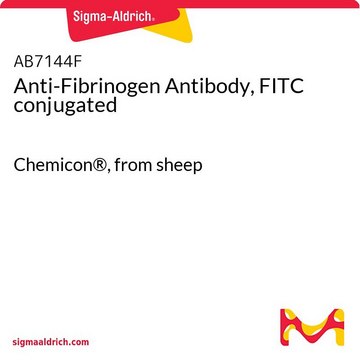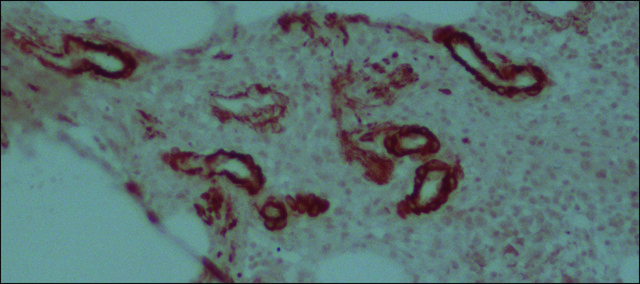F2653
Anti-Mouse IgG (Fab specific) F(ab′)2 fragment–FITC antibody produced in goat
flow cytometry grade, affinity isolated antibody, buffered aqueous solution
About This Item
Recommended Products
biological source
goat
Quality Level
conjugate
FITC conjugate
antibody form
affinity isolated antibody
antibody product type
secondary antibodies
grade
flow cytometry grade
clone
polyclonal
form
buffered aqueous solution
technique(s)
flow cytometry: 1:100
immunohistochemistry (formalin-fixed, paraffin-embedded sections): 1:160
storage temp.
−20°C
target post-translational modification
unmodified
Looking for similar products? Visit Product Comparison Guide
General description
Specificity
Useful when trying to avoid background staining due to the presence of Fc receptors.
Immunogen
Application
- indirect immunofluorescence staining
- immunofluorescence staining
- flow cytometry
Flow cytometry/Cell sorting (1 paper)
Biochem/physiol Actions
Other Notes
Physical form
Preparation Note
Disclaimer
Not finding the right product?
Try our Product Selector Tool.
Storage Class Code
10 - Combustible liquids
WGK
nwg
Flash Point(F)
Not applicable
Flash Point(C)
Not applicable
Personal Protective Equipment
Regulatory Information
Choose from one of the most recent versions:
Certificates of Analysis (COA)
Don't see the Right Version?
If you require a particular version, you can look up a specific certificate by the Lot or Batch number.
Already Own This Product?
Find documentation for the products that you have recently purchased in the Document Library.
Which document(s) contains shelf-life or expiration date information for a given product?
If available for a given product, the recommended re-test date or the expiration date can be found on the Certificate of Analysis.
How do I get lot-specific information or a Certificate of Analysis?
The lot specific COA document can be found by entering the lot number above under the "Documents" section.
How do I find price and availability?
There are several ways to find pricing and availability for our products. Once you log onto our website, you will find the price and availability displayed on the product detail page. You can contact any of our Customer Sales and Service offices to receive a quote. USA customers: 1-800-325-3010 or view local office numbers.
What is the Department of Transportation shipping information for this product?
Transportation information can be found in Section 14 of the product's (M)SDS.To access the shipping information for this material, use the link on the product detail page for the product.
What applications have product F2653, Anti-Mouse IgG (Fab specific) F(ab´)2 fragment-FITC antibody produced in goat, been used in?
Product F2653, Anti-Mouse IgG (Fab specific) F(ab´)2 fragment-FITC antibody produced in goat, has been used in Flow Cytometry in the following literature references.Bergman, I. et al., Clinical Cancer Research., 7, 2050 (July 2001).Farsinejad, A. et al. Iranian Journal of Blood and Medicine, 2, Number 3, (Spring 2010).This antibody has been used in Immunofluorescencs in the following literature reference.Sushan, A., Hum. Reprod., 19 (9) : 1957-1967 (2004).
My question is not addressed here, how can I contact Technical Service for assistance?
Ask a Scientist here.
Our team of scientists has experience in all areas of research including Life Science, Material Science, Chemical Synthesis, Chromatography, Analytical and many others.
Contact Technical Service